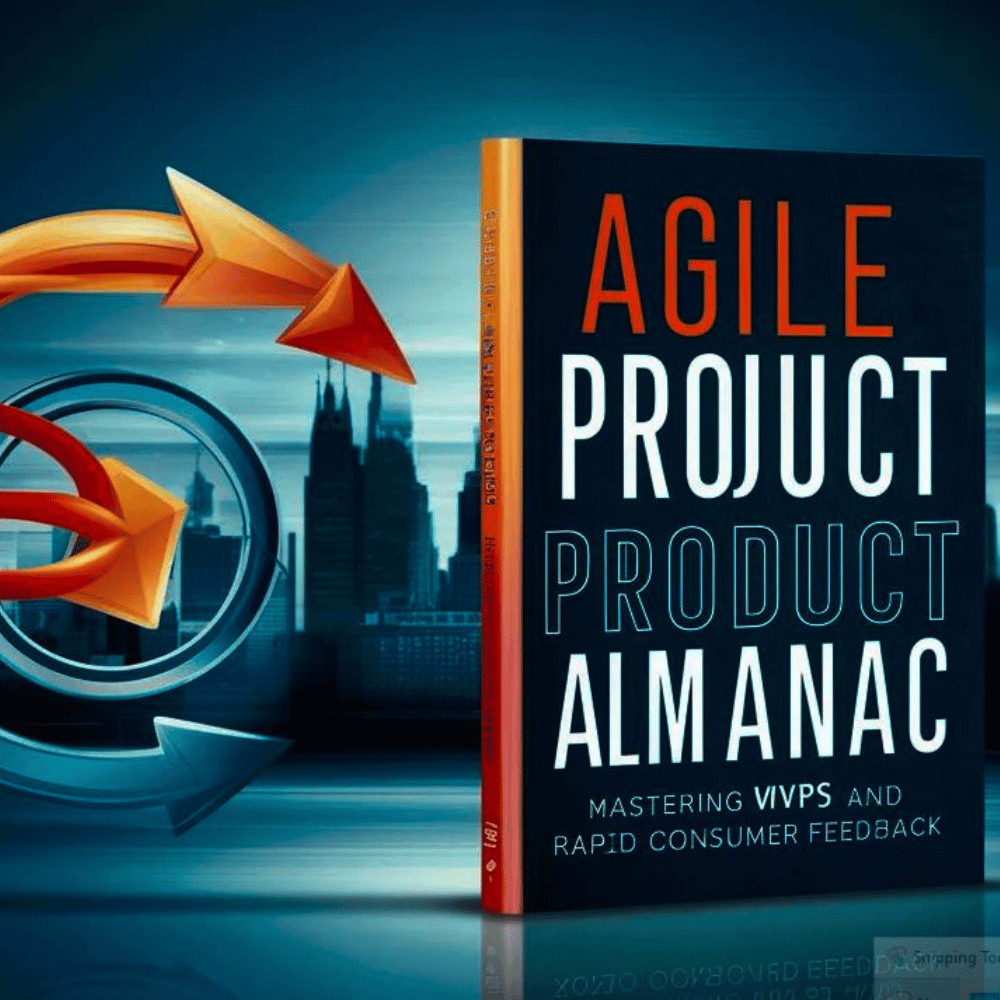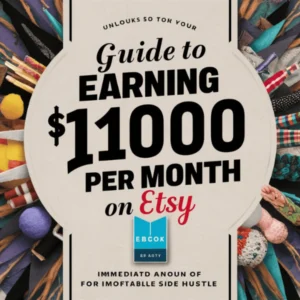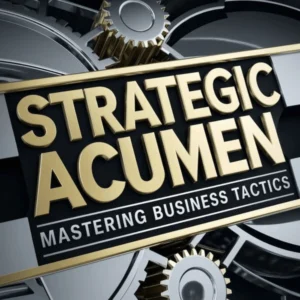Mastering MVPs: The Agile Product Almanac for Rapid Consumer Feedback
Imagine this: you’ve poured your heart, time, and resources into creating what you believe to be the perfect product. You launch it into the market, brimming with excitement, only to find that customers aren’t responding the way you hoped. It’s a common story—and one that could have been avoided with the right approach. That’s where mastering Minimum Viable Products (MVPs) and agile practices comes in. By focusing on rapid testing and feedback, you can create products that your customers truly value.
This guide will walk you through the essentials of MVPs, agile development, and how to harness consumer feedback to build winning products. Let’s dive in.
What Is a Minimum Viable Product (MVP)?
At its core, an MVP is the simplest version of a product that addresses a key problem for your target audience. It’s not about perfection; it’s about functionality. The goal is to put your idea to the test with real users as quickly as possible while investing minimal resources.
Why You Need an MVP
- Risk Mitigation: Avoid wasting time and money on features your audience doesn’t need.
- Faster Time to Market: Get your product into the hands of users quickly.
- Valuable Insights: Gather real-world feedback to refine your product.
Real-Life Examples of Successful MVPs
- Dropbox: Before creating their product, Dropbox launched an explainer video showcasing the idea. The response confirmed demand and allowed them to move forward with confidence.
- Airbnb: The founders tested their idea by renting out their own apartment to see if there was a market for peer-to-peer rentals. Spoiler alert: there was.
Why Agile and MVPs Are a Perfect Match
Agile methodology emphasizes flexibility and collaboration, making it an ideal framework for MVP development. By breaking down development into iterative cycles, you can adapt to feedback and market changes seamlessly.
Benefits of Combining Agile and MVPs
- Quick Iterations: Develop and test new ideas in short cycles.
- Customer-Centric Development: Ensure your product aligns with user needs.
- Cost Efficiency: Address issues early before they become costly mistakes.
How to Gather Rapid Consumer Feedback
Your MVP is only as good as the feedback it generates. The key is to listen to your users and learn from their experiences.
Methods for Collecting Feedback
- Surveys and Questionnaires: Use tools like Typeform or Google Forms to ask users about their experiences.
- User Interviews: Talk directly to early adopters to gain deeper insights.
- Analytics Tools: Platforms like Hotjar and Google Analytics can reveal how users interact with your product.
Making Feedback Actionable
Feedback without action is wasted. Use a simple framework to process and implement feedback effectively:
- Identify Trends: Look for recurring themes in user comments.
- Prioritize Changes: Focus on fixes and features that will have the greatest impact.
- Test and Iterate: Incorporate changes and test them with your audience.
Step-by-Step Guide to Mastering MVPs
Building an MVP doesn’t have to feel overwhelming. Follow these steps to simplify the process:
1. Identify the Core Problem
Your MVP should solve a specific pain point for your target audience. Conduct market research to pinpoint the issue and ensure there’s demand for a solution.
2. Define MVP Features
Use the MoSCoW Method to categorize features:
- Must-haves
- Should-haves
- Could-haves
- Won’t-haves
Focus only on the must-haves for your MVP.
3. Build the MVP
Leverage tools and resources that simplify development:
- Use low-code/no-code platforms like Bubble or Webflow.
- Start with prototypes or wireframes to visualize your product.
4. Test with Early Adopters
Identify a small group of users who represent your target audience. Offer them early access in exchange for detailed feedback.
5. Refine and Repeat
Take the insights you’ve gathered, make improvements, and relaunch. This cycle of building, testing, and refining is the backbone of MVP success.
Marketing Strategies for Promoting MVPs
Launching an MVP is only half the battle; you also need to ensure the right people know about it.
Digital Marketing Tactics
- Content Marketing: Write blog posts or case studies that highlight the problem your MVP solves.
- Social Media Campaigns: Share updates, milestones, and user testimonials to build excitement.
- Paid Advertising: Run targeted ads on platforms like Google or Facebook to reach your ideal audience.
Building Hype Around Your MVP
- Pre-Launch Campaigns: Use email marketing to build anticipation before your launch.
- Incentives for Early Adopters: Offer discounts, exclusive features, or free trials to encourage sign-ups.
- Community Engagement: Create a forum or social media group where users can share feedback and ideas.
FAQs About MVPs and Agile Product Development
What is the primary goal of an MVP?
The primary goal of an MVP is to validate your product idea with real users before investing heavily in full-scale development.
How does Agile improve MVP development?
Agile ensures iterative progress, continuous learning, and flexibility to adapt to consumer needs. This approach reduces risk and improves product alignment with market demand.
What are some common MVP mistakes to avoid?
- Overloading the MVP with unnecessary features.
- Ignoring consumer feedback.
- Failing to conduct proper market research before development.
How quickly should I launch an MVP?
Aim for a timeline of 2-4 months, depending on the complexity of your product. The focus should be on speed without compromising the core value.
Conclusion: Take the Leap with MVPs and Agile Development
Creating a product that resonates with your audience doesn’t have to be a gamble. By mastering the art of MVPs and combining it with agile practices, you can drastically increase your chances of success. Start small, test often, and listen closely to your users. The feedback you gather will be your guiding light, helping you refine and scale your product in ways that truly meet market needs.
So, what are you waiting for? Begin your journey with an MVP, embrace agile methodologies, and build something extraordinary. The next big thing could be yours to create.





